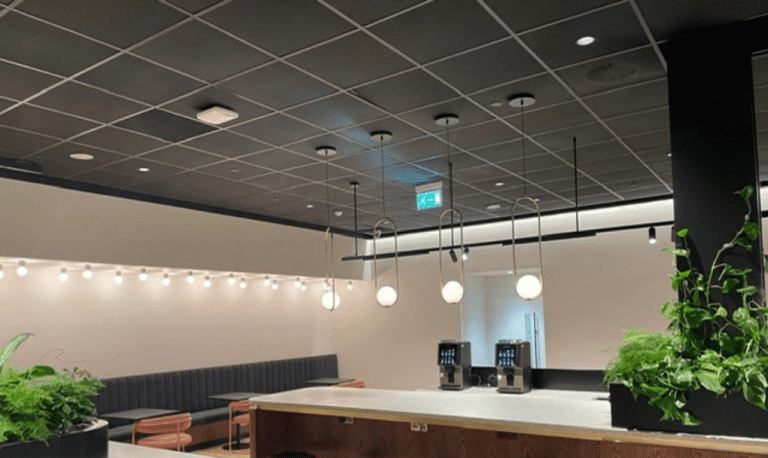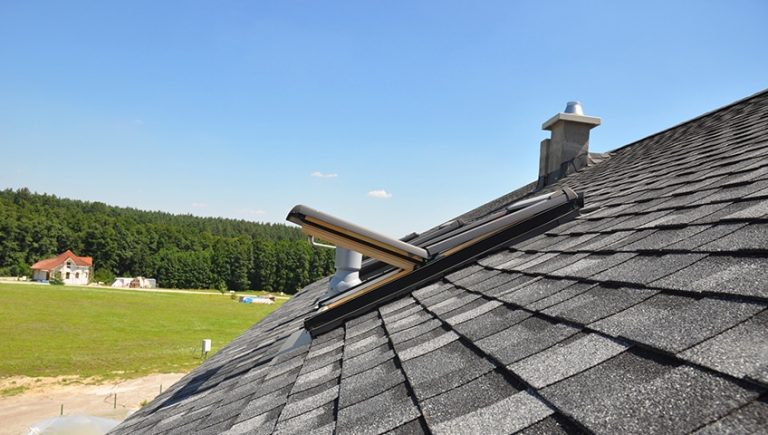The Scottish Fire and Rescue Service (SFRS) have announced that, from July 1st 2023, they will no longer attend all alarm signals generated from an automatic fire alarm system. Instead, the Call Challenge approach will be invoked with an aim to reduce the number of false alarms their crews attend. In a bid to reduce false alarm call outs, fire services have successfully trialled and implemented similar approaches across England, and, following a rigorous public and private sector consultation, the SFRS have decided to implement a “Call Challenge” approach when responding to automatic fire alarm signals. Fire and rescue service teams across the UK are responsible for providing immediate assistance and support to those in need, but in recent years there has been an ever-increasing number of false alarms occurring adding to an already stretched fire service. In Scotland alone, the SFRS crews are called to an average of 28,000 false alarms each year and investigating each incident can involve several firefighters and up to two fire appliances as part of the response. To put this into context, this equates to 252,000 firefighters needlessly being called to unwanted fire alarm signals each year, when their time could be better spent tackling real fires, training or carrying out community safety work. The Call Challenge process is invoked whenever a single smoke detector becomes active and generates a fire signal, received either directly by the SFRS control room, or via an Alarm Receiving Company (ARC). Duty holders on site are immediately contacted and asked a series of questions to determine the nature and severity of an incident to determine a positive visual confirmation of fire. This ensures that it is a genuine emergency and requires an immediate response from a fire appliance and its crew. False alarms can be caused by a range of factors, but the vast majority are triggered by automatic fire alarm systems (AFAS). An AFAS provides an early warning of fire and is one of the most effective ways to keep a business, staff and public safe in the event of a fire. However, a significant number of signals from these systems are not actual fires – instead false alarms caused by factors such as cooking fumes or dust from building works, reported by sensors as smoke. The false alarms can also be triggered by a lack of maintenance or regular testing of the fire system. In a recent webinar released by the SFRS, with guest speaker Colin Todd, who holds an MBE for his services to the Fire Industry, three key points were raised. Firstly, building owners have a responsibility under the Fire (Scotland) Act 2005 to maintain the facilities and equipment provided and failure to do this could lead to prosecution. Second that staff and other building occupants should be made aware of how to respond safely to AFAS activations in each premises and finally that building insurance might be affected by the new approach by the SFRS, depending on which type of fire alarm system and devices are installed. In the webinar, it was recommended that Duty Holders should consider the use of true multi-sensors to reduce false fire alarms. These devices are recommended due to the way in which they operate – i.e., combining more than one trigger such as smoke, heat and CO, to quickly confirm the presence of a real fire. For this reason, the SFRS have pledged to always attend automatically to an alarm signal from an intelligent multi-sensor. The British Standard for fire system design, BS 5839 Part 1, defines a multi-sensor as a fire sensor that monitors more than one physical and/or chemical phenomenon associated with fire. Building upon this, through their combined research project the Building Research Establishment (BRE) and The Fire Industry Association (FIA) proved that advanced multi-sensors which detect multiple criteria can outperform more basic models particularly in reducing false alarms. In general, it was found that the more sophisticated the optical heat multi-sensors were, the less prone they were to common causes of false alarms, whilst their ability to detect real fires was not compromised. This research will most likely further the development of product standards and codes of practice for smoke and multi-sensor detectors. Commenting on this announcement from the SFRS, Nathan Hudson from Hochiki Europe said “Research shows false alarms are causing millions of pounds in disruption to the UK economy every year, causing complacency in staff and the public, and are wasting valuable resources for fire services. As per the recent SFRS webinar with guest speaker Colin Todd, MBE, the correct and compliant installation of true multi-sensors mean false alarms can be reduced. Our ACC true multi-sensor, which is approved to EN54 Part 29, uses a combined sensing element response, where the smoke element is enhanced directly by the heat element. This makes it an ideal replacement for those building owners now faced with having to update their systems to make them eligible for automatic attendance. And for complete flexibility, with its 24 approved modes of operation, our ACD multi-sensor can be completely tailored to the safety needs of the building and therefore help to dramatically reduce false alarms. Whichever solution, we would always recommend duty holders to work with a reputable fire safety company who can advise on the best course of action to reduce false alarms.” It is important to note, that the SFRS have said that the Call Challenge approach does not apply to those premises where there is a “sleeping risk” such as hospitals, care homes, hotels, or domestic dwellings. These premises are exempt and can therefore expect the current level of emergency response. To learn more about the Call Challenge announced by the SFRS and to find out about Hochiki’s range of true multi-sensors visit: https://web.hochikieurope.com/call_challenge Building, Design & Construction Magazine | The Choice of Industry Professionals










